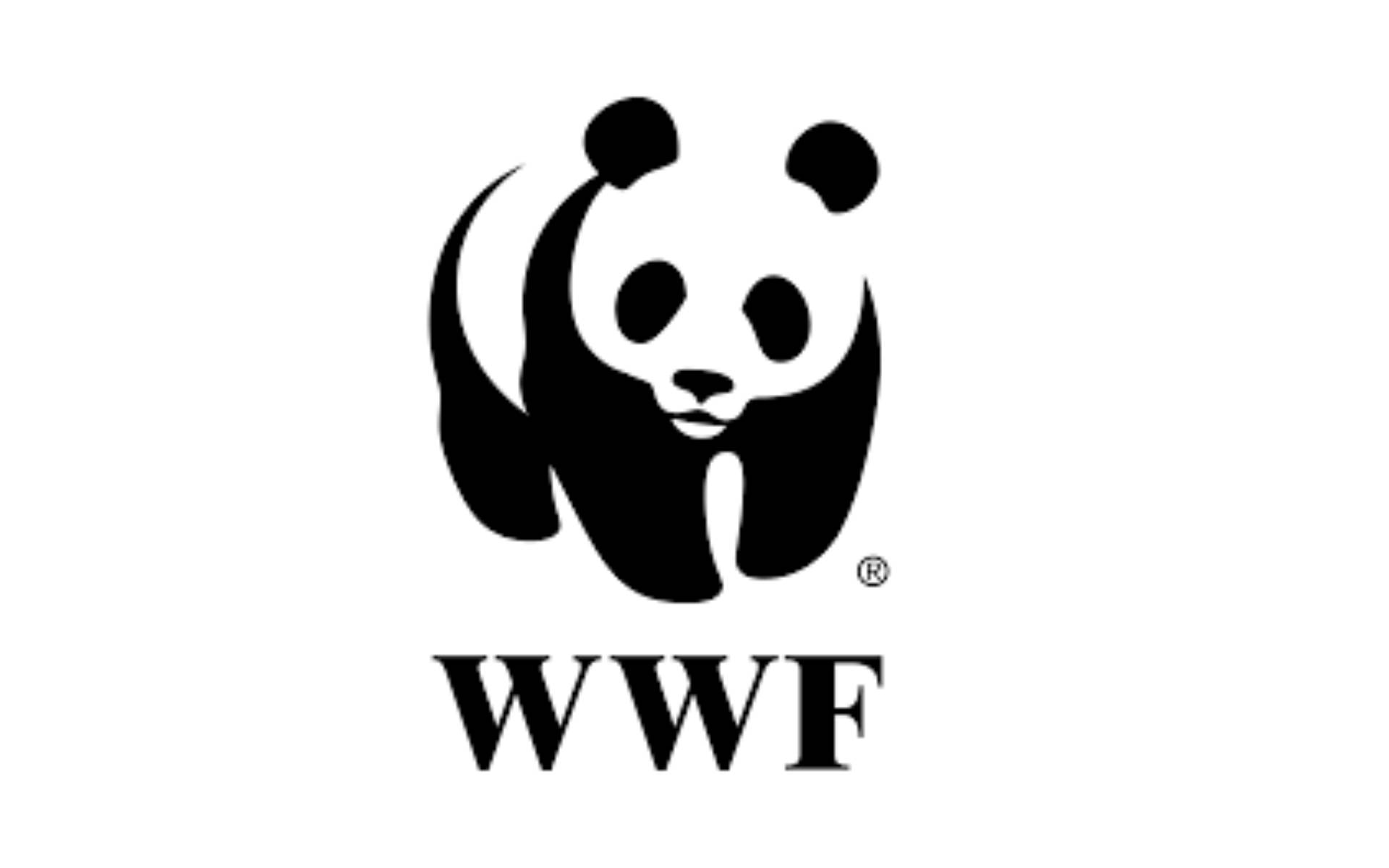
Kathmandu: Nepal has achieved a major breakthrough in its climate action efforts by receiving its first results-based payment of US$9.4 million from the Forest Carbon Partnership Facility (FCPF). This marks the country’s inaugural REDD+ payment for reducing emissions from deforestation and forest degradation.
“This first payment from the FCPF is a testament to Nepal’s dedication and the tireless work of our forest-dependent communities,” said Nabaraj Pudasaini, Chief of the National REDD+ Centre at the Ministry of Forests and Environment. “It underscores our commitment to inclusive, sustainable forest management and affirms that conserving our forests supports both climate mitigation and local livelihoods.”
Under the leadership of the Ministry of Forests and Environment, the Emission Reductions Program aims to further strengthen Nepal’s community-based forest management systems, including community forestry, collaborative forestry, and leasehold forestry, while promoting sustainable forest management in the Terai Arc Landscape to improve productivity and enhance community well-being.
WWF Nepal has played a key role throughout Nepal’s REDD+ journey, beginning with the Carbonated Tiger Project in 2008 that pioneered forest carbon stock assessments. The organization supported the development of the Emission Reductions Program Idea Note (ER-PIN), Nepal’s first forest carbon inventory, and later co-led the creation of the Emission Reduction Program Document (ERPD), which targets sequestration of 9 million tons of CO₂ equivalent and claims a total of US$45 million in potential payments.
“We are delighted by this long-awaited milestone,” said Dr. Ghana Shyam Gurung, Country Representative of WWF Nepal. “This achievement validates the hard work of communities, Indigenous Peoples, and government partners. The fund will help scale community-based forest management and sustainable use of forest resources that benefit both people and nature.”
Nepal’s National REDD+ Strategy (2025–2034) places forest landscapes at the center of the country’s climate mitigation and sustainable development plans. This first payment demonstrates Nepal’s ability to deliver measurable emissions reductions while empowering local communities. With support from WWF Nepal and other partners, the government aims to expand this model nationwide, strengthening biodiversity conservation, ecosystem services, and long-term climate resilience.